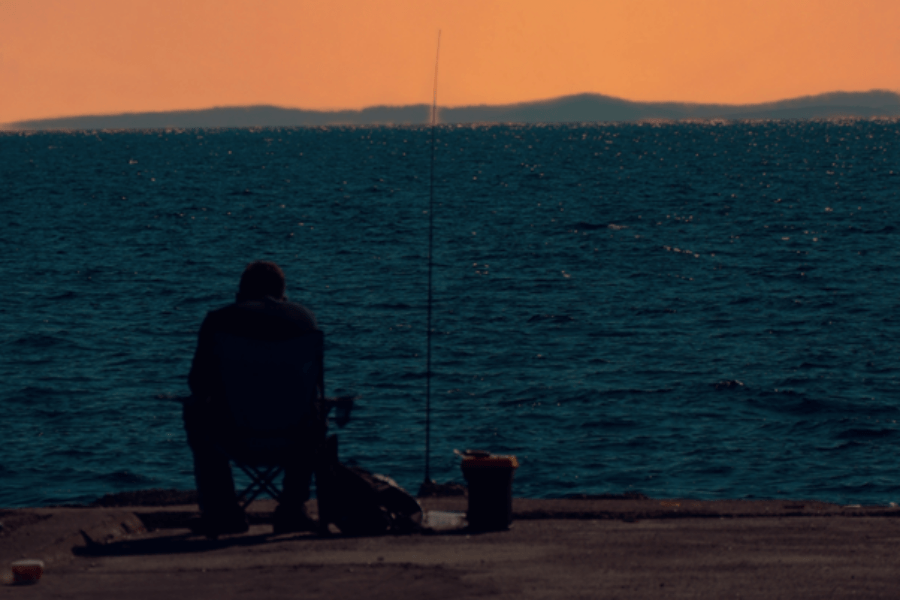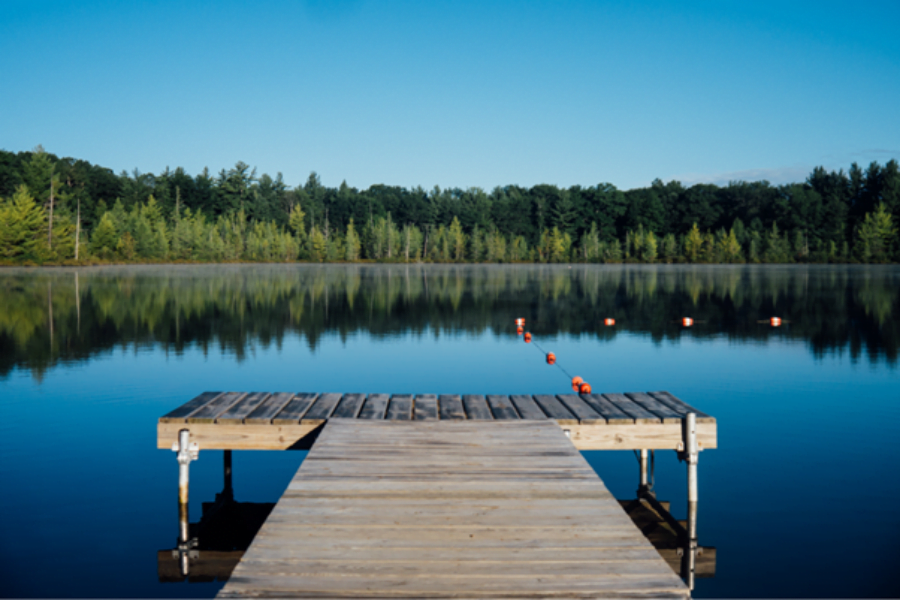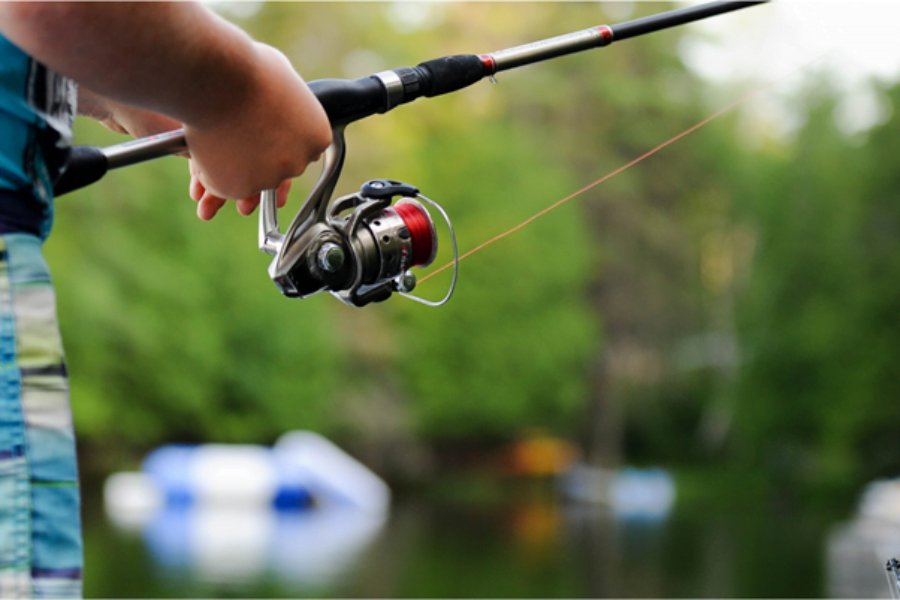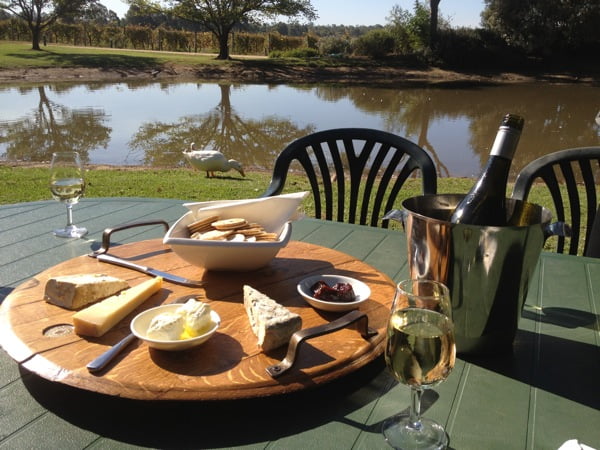So you’re looking to learn how to fish on a road trip? Well, we all start somewhere, and this article will equip you with the incredible ability to feed yourself with just a rod, reel, and some lures!
Basic Fishing Gear
The first step is of course to gather the fishing gear that you need:
- Fishing License: Depending on the state or region that you’re in, you might not need a fishing license. More often than not though, you will require one, which you can easily get at the local tackle shop. A one-day fishing license usually costs no more than $20.
- Spinning Rod, reel, and line: Duh.
- Line: If your fishing reel doesn’t come pre-spooled with line, you will need to buy your own and put it on the reel.
- Tackle: Ever seen those red and white bubbly floating things? Those are tackle, which refers to everything on the end of your line other than the bait. The three types are hooks, sinkers, and bobbers.
- Bait or Fishing Lures: Obviously you’ll need something to attract fish to bite on your hook, and these will determine a large part of your fishing success.
- Needle Nose Pliers: Optional, but very handy for removing hooks from fishes and preventing damage to yourself.
- Nail Clipper: Optional, but very useful for cutting fishing line.
As you’re gathering your gear, make sure not to neglect your RV. After all, you’ll need quality RV equipment like an energy-efficient refrigerator to keep your catch cool, and a good pan to enjoy a nice fried fillet.
Once you’ve got the necessary RV equipment and gathered your fishing gear, it’s time to put them all to good use.
Steps To Catch Your First Fish
Follow these steps and you’ll have your first fish by tonight!
Finding Good Fishing Spots
Lakes and rivers are sure to have fish and are the most beginner-friendly waters.
Lakes in particular almost always have hungry fish, which makes catching them that much easier.
Of course, nothing beats experience, so if you can get ahold of local fishermen, just ask where they usually fish and follow their advice!
Choosing a time to go fishing
Over time, as you fish at the same spot over and over, fish feeding patterns quickly become obvious, and you’ll know exactly which times to go to maximize your catch. However, in general, dawn/early morning and dusk/night are great times for fishing.
Fishing Process
If you’re just beginning, there’s no need to complicate things.
Once you’ve attached the lure to your rod, start off by casting. Leave roughly 6 inches of line out of the tip of your fishing rod and flip the bail arm. Then, flick your rod behind and cast forward. From here, reel it in until you feel a bend at your rod tip. This ensures that your line is tight and you can feel when fish pull.
Next, when a fish bites, you’ll see the bobber go up and down. Don’t get overexcited and set the hook immediately. Instead, wait till the bobber is submerged all the way, then sharply pull the rod tip towards you. Your rod should end up pointing up at the sky.
Now comes the fun part – reeling the fish in. This seemingly process requires patience and skill.
Continue to keep your rod vertical and reel in the fish until you feel it pulling against you. When you feel this, stop reeling in until you feel the fish stop struggling and the tension relax. If the tension doesn’t loosen after a while, release some line. Keep repeating this process.
If you’re lucky, the fish will get tired out quickly and you’ll feel the tension disappear completely at some point. From there, reeling in will be a breeze. But if not, just keep repeating that process.
Conclusion
And that’s it!
Here are a couple of final tips:
- Get a telescopic or multi-piece fishing rod. These can be contracted or broken down for compact storage to take up less space in your RV.
- Get a tackle box or bag if you’re serious about fishing. Even though you won’t need it to bring your fishing gear around since you’ll be driving your RV to your fishing spots, as you buy more fishing gear, a tackle box or bag will come in very handy for organization.
With that, have fun fishing on your road trip!




